Those looking for stimulating lockdown activities can take an informative trip back into Swansea’s past.
Staff at Swansea Museum are hosting a series of online talks about the area’s heritage.
The first of the Swansea History Talks is online now – a pictorial presentation on the world’s first passenger railway, The Mumbles Railway.
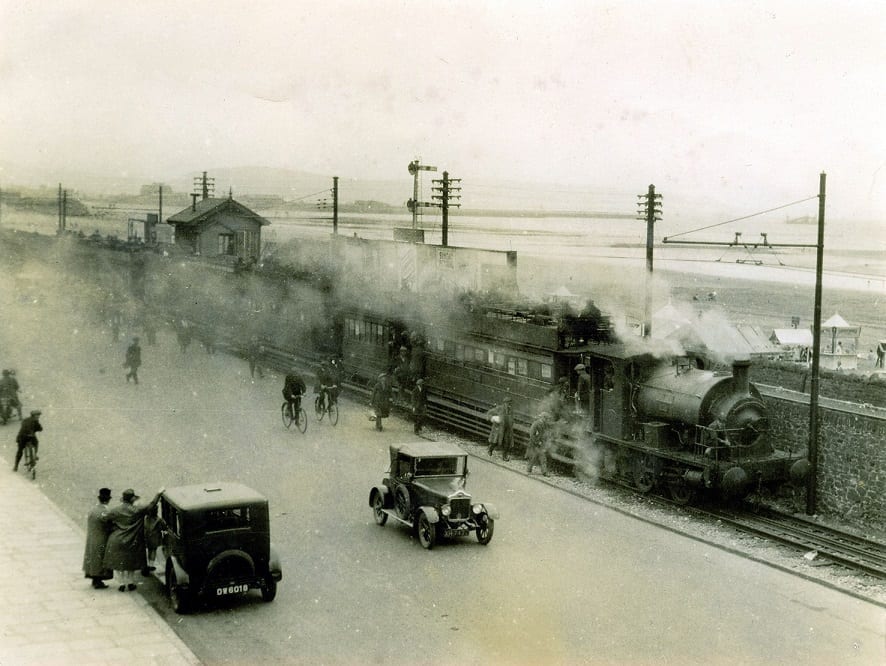

The 30-minute broadcast by the museum’s Phil Treseder includes maps, photos, postcards and memories of the famous line which opened more than two centuries ago and closed in 1960.
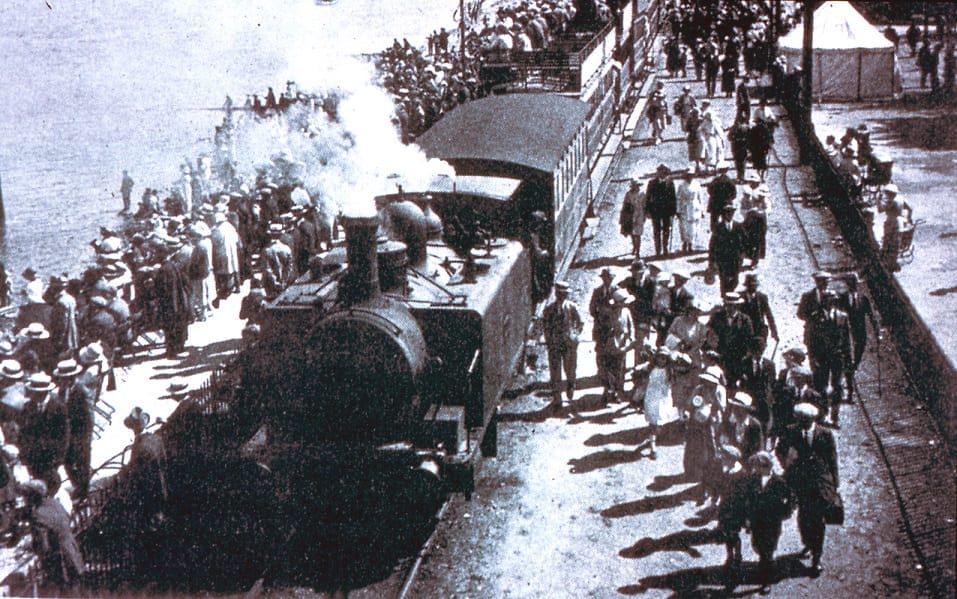

It starts with a description of how the line began at Rutland Street Station, on the site of today’s St David’s Multi-Storey Car Park and ran to Oystermouth Station (later, Southend and Mumbles Pier), passing through stops such as St Helen’s (also known as The Slip), Brynmill and Blackpill.
The talks series is presented by Swansea Council’s cultural services team and the Fusion Programme, a Welsh Government-funded initiative managed in the city by the council.
Robert Francis-Davies, the council’s cabinet member for investment, regeneration and tourism, said: “This series of online talks is a really engaging way of making good use of your time during lockdown.
“Our museum staff bring subjects to life by telling the stories in a wonderfully accessible way.
“The service provided by Swansea Museum has always included an active in-community programme.
“Now, more than ever, despite the building being temporarily closed, the staff at the museum are continuing with their community engagement programme and demonstrating that they are here for Swansea.”
Swansea History Talks: The Mumbles Railway
The Mumbles Railway opened as a horse-drawn service in 1804 and the museum’s earliest document relating the plans for the route dates from the previous year.
The earliest use of the line was to transport freight, mainly limestone from Mumbles into Swansea. Passenger services launched in 1807 at the same time as the Act for the Abolition of the Slave Trade was going through Parliament.
The first photos of the railway appeared in the mid-1800s, including images of covered and uncovered passenger wagons.
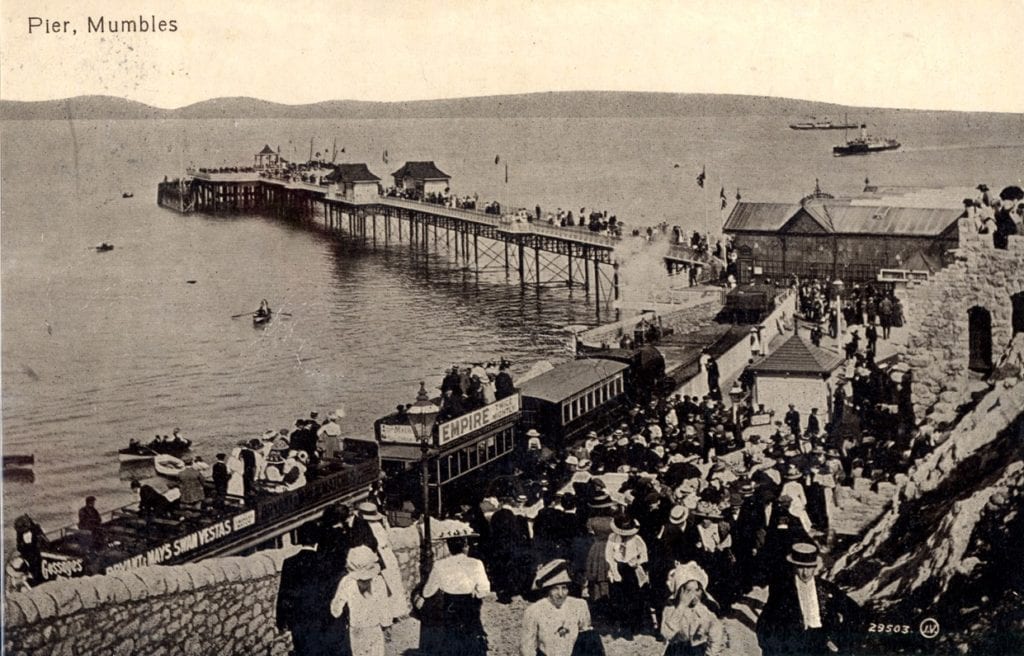

The late 1800s to the late 1920s was the line’s age of steam, with thousands of tourists using it to access the beaches. On one bank holiday just before World War One, the railway carried 48,000 passengers in one day.
The route went electric from 1929-60 and it closed after a decision by the former South Wales Transport company. Roads and buses had become a more effective, efficient and affordable transport system.



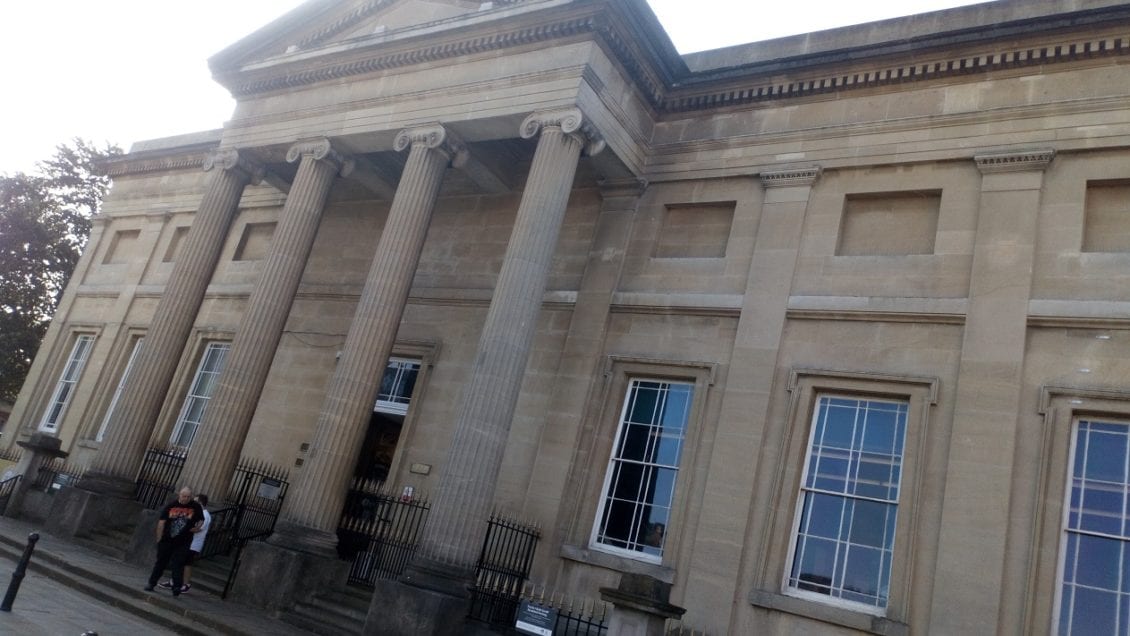

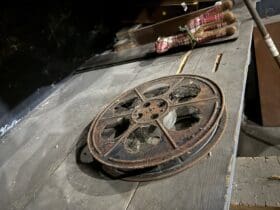
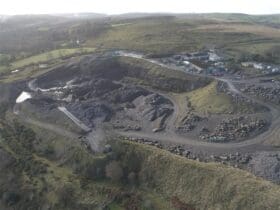


Leave a Reply
View Comments